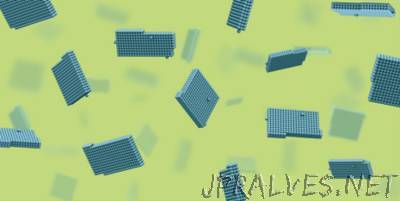
“A team of researchers led by ETH Zurich professor David Norris has developed a model to clarify the general mechanism of nanoplatelet formation. Using pyrite, they also managed to confirm their theory. Scientists have been researching luminous coloured quantum dots (QDs) since the 1980s. These nanocrystals are now part of our everyday lives: the electronics industry uses them in LCD televisions to enhance colour reproduction and image quality. Quantum dots are spherical nanocrystals made of a semiconductor material. When these crystals are excited by light, they glow green or red – depending on their size, which is typically between 2 and 10 nanometres. The spherical forms can be produced in a highly controlled manner.”
